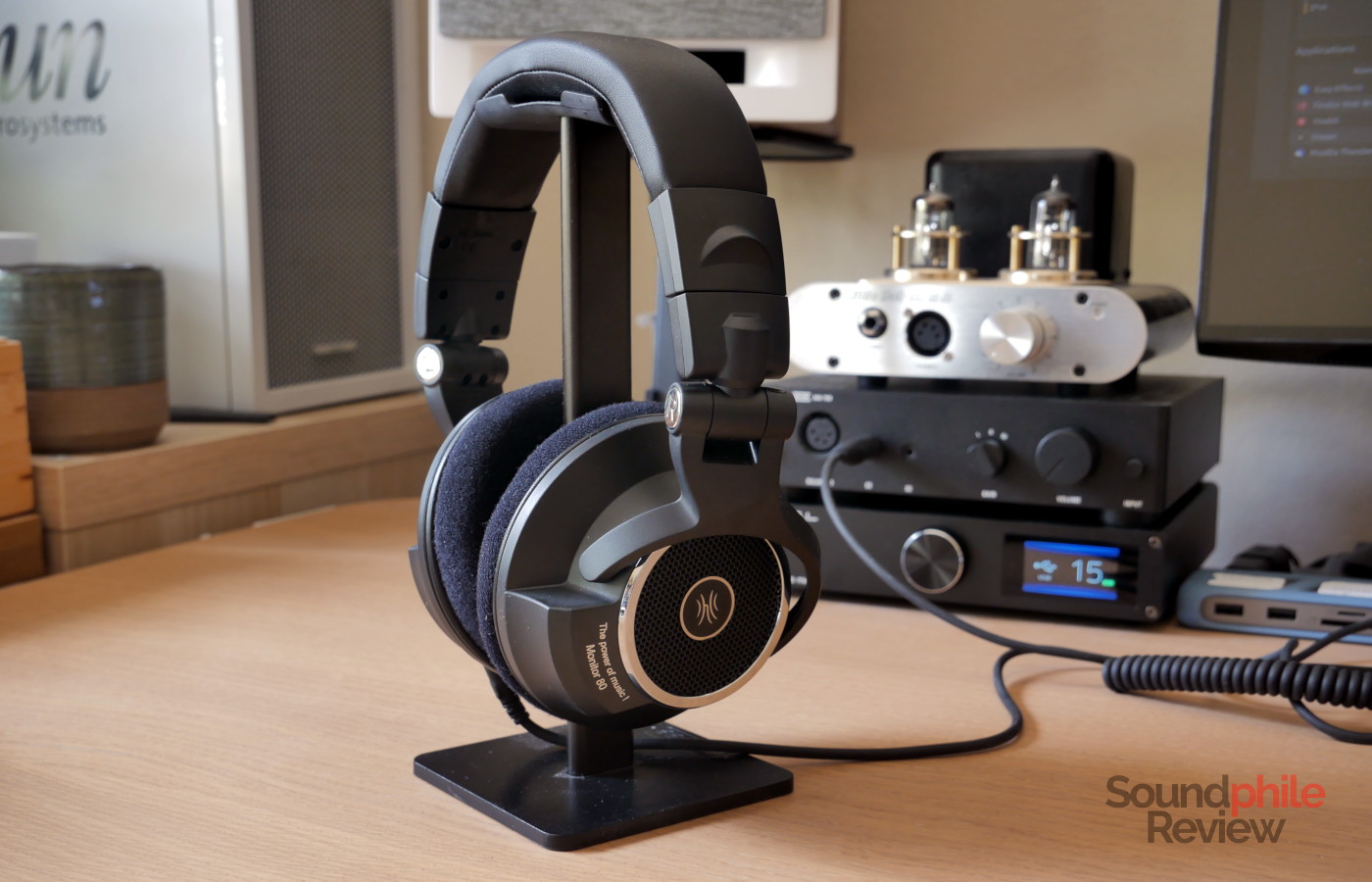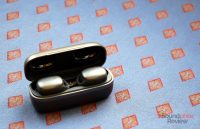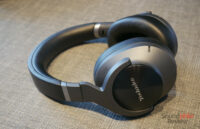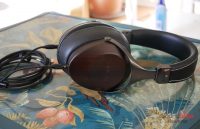The OneOdio Monitor 80 headphones are a very affordable option and this is what has led to their success: they look like professional headphones, only at a fraction of the price. So does their performance align in fact with their looks, or is there something more about it? Let’s find out!
Disclaimer: I received a free unit directly from OneOdio. The Monitor 80 retail for $99.
TL;DR: recap
| Pros |
Cons |
| + Comfortable
+ Ingenious cable system + Good technical ability |
– Heavily V-shaped tuning, unfit for monitoring
– Sharp upper midrange – Creaking |
Rating: 6/10
Packaging & Accessories
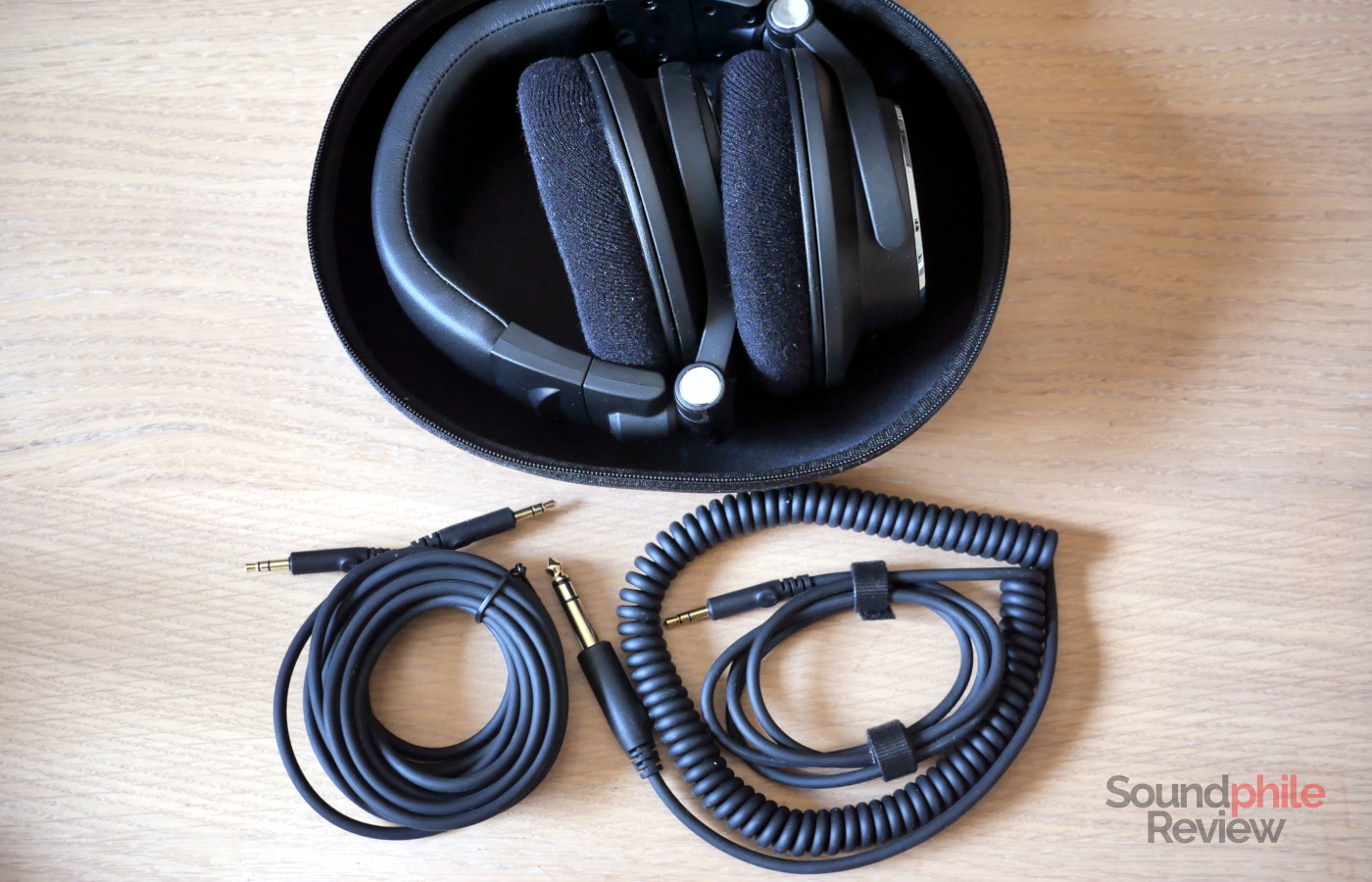
The OneOdio Monitor 80 come with two cables (more about them further down), a hard case as well as a manual. The case is quite compact requires you to fold them.
Design & Comfort
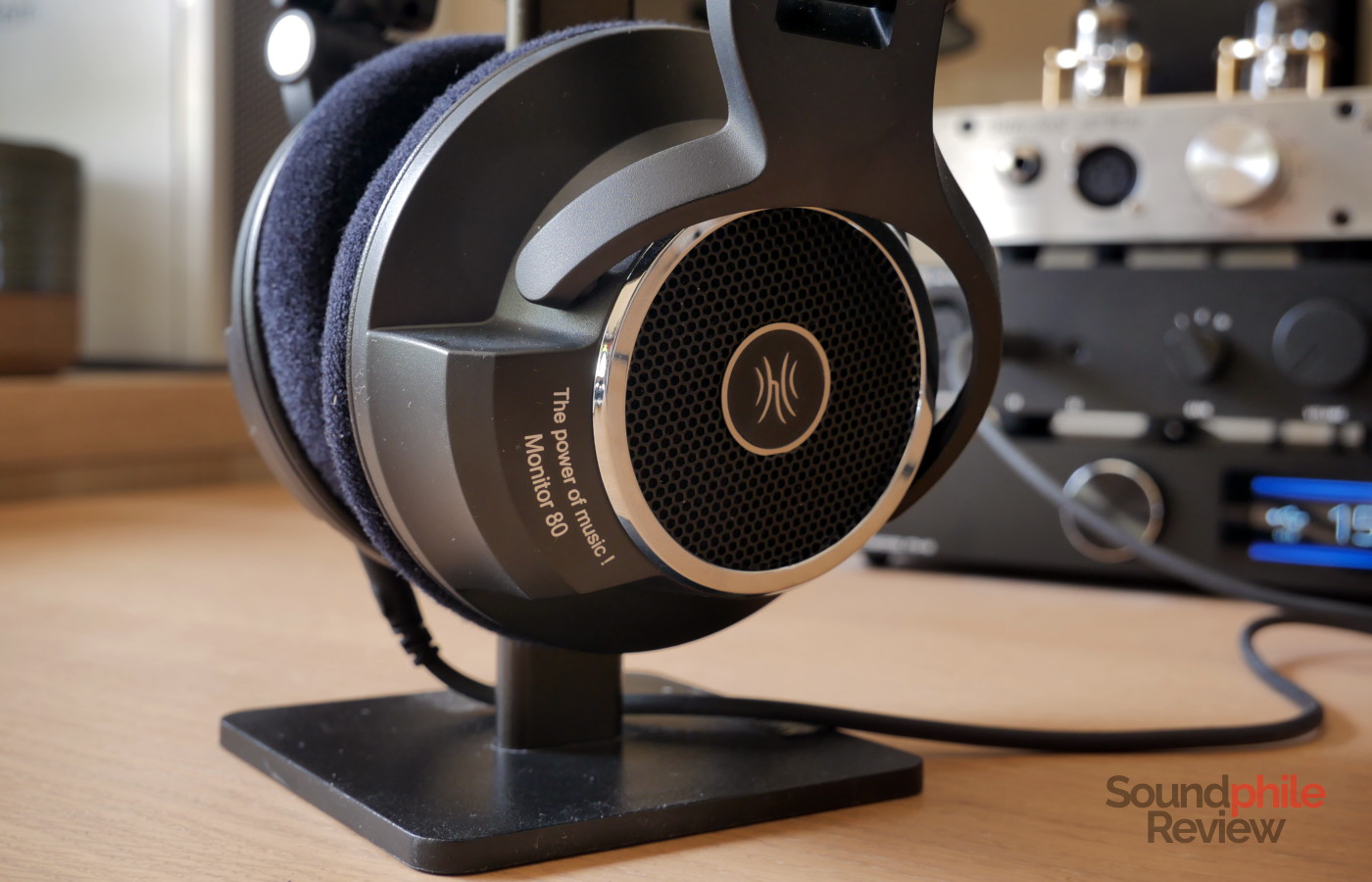
The OneOdio Monitor 80 are very close in design to their brethren like the Monitor 60: the main difference here is the fact that they are open-back, which also entails design differences. There is a (plastic) grille which protects the driver on the outside and has the OneOdio logo. The whole frame is made of matte black plastic, which actually looks good and feels nice to the touch.
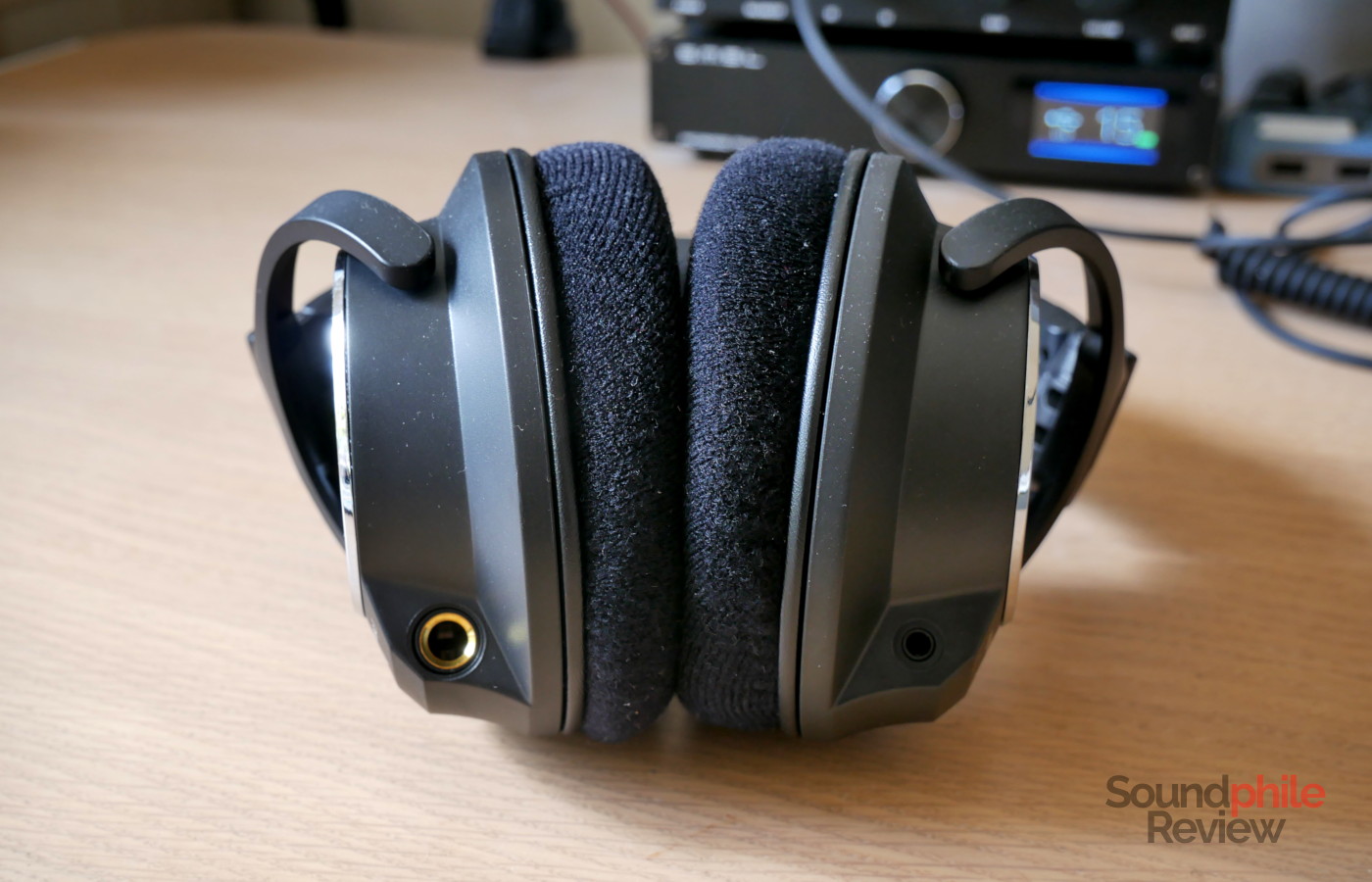
An interesting design element is that behind both drivers (to the left in the picture above) there’s a protrusion with some text on it; it houses the jack port, with a 6.3 mm jack on the right hand side and a 3.5 mm jack on the left hand side. As the cable has a 3.5 mm termination on one side and a 6.3 mm one on the other, this means that you can plug the cable on either side based on what termination your source needs. This is very convenient as you can use devices with a 6.3 mm output without the need for an adapter.
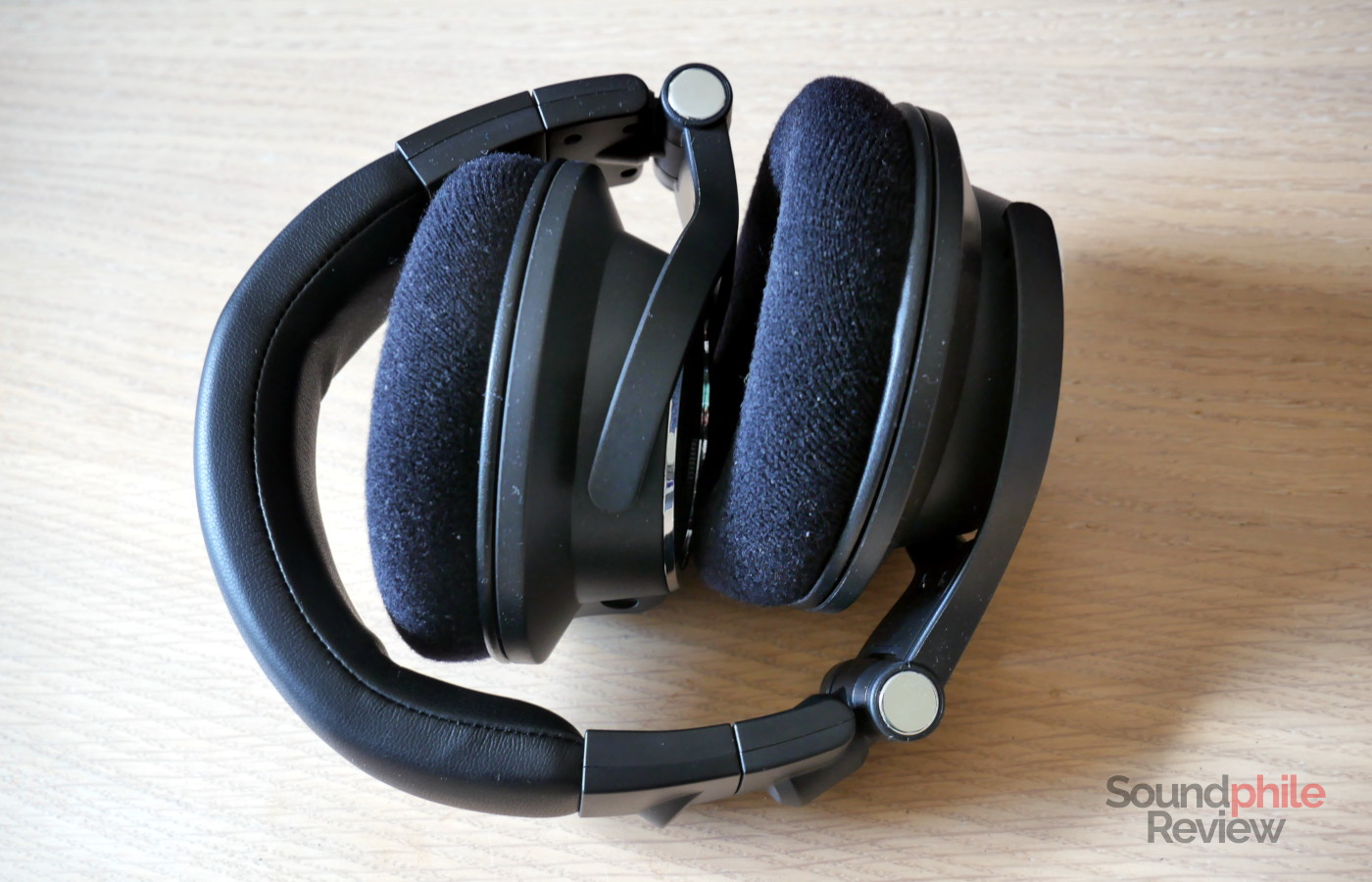
Build quality is acceptable and the plastic looks sturdy enough, but there is creaking when I put the headphones on or when I move them on my head, which is not ideal.
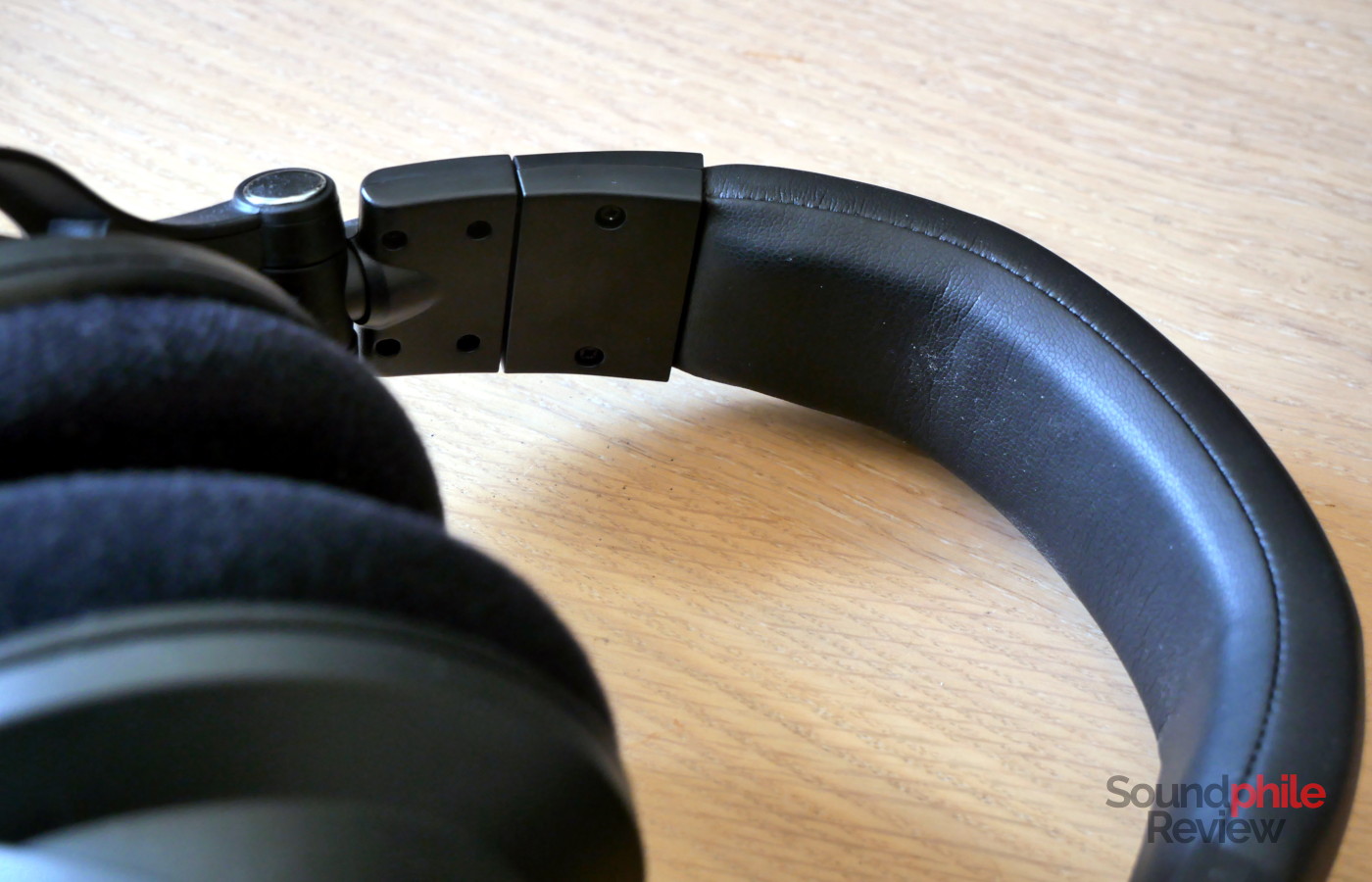
Comfort is very good thanks to the generously padded earpads, which are covered in soft microfibre. That makes the headphones very comfortable to wear, but very warm as well. The headband could do with a bit more padding, but the overall comfort is good and I can wear the Monitor 80 for about an hour before I feel any fatigue.
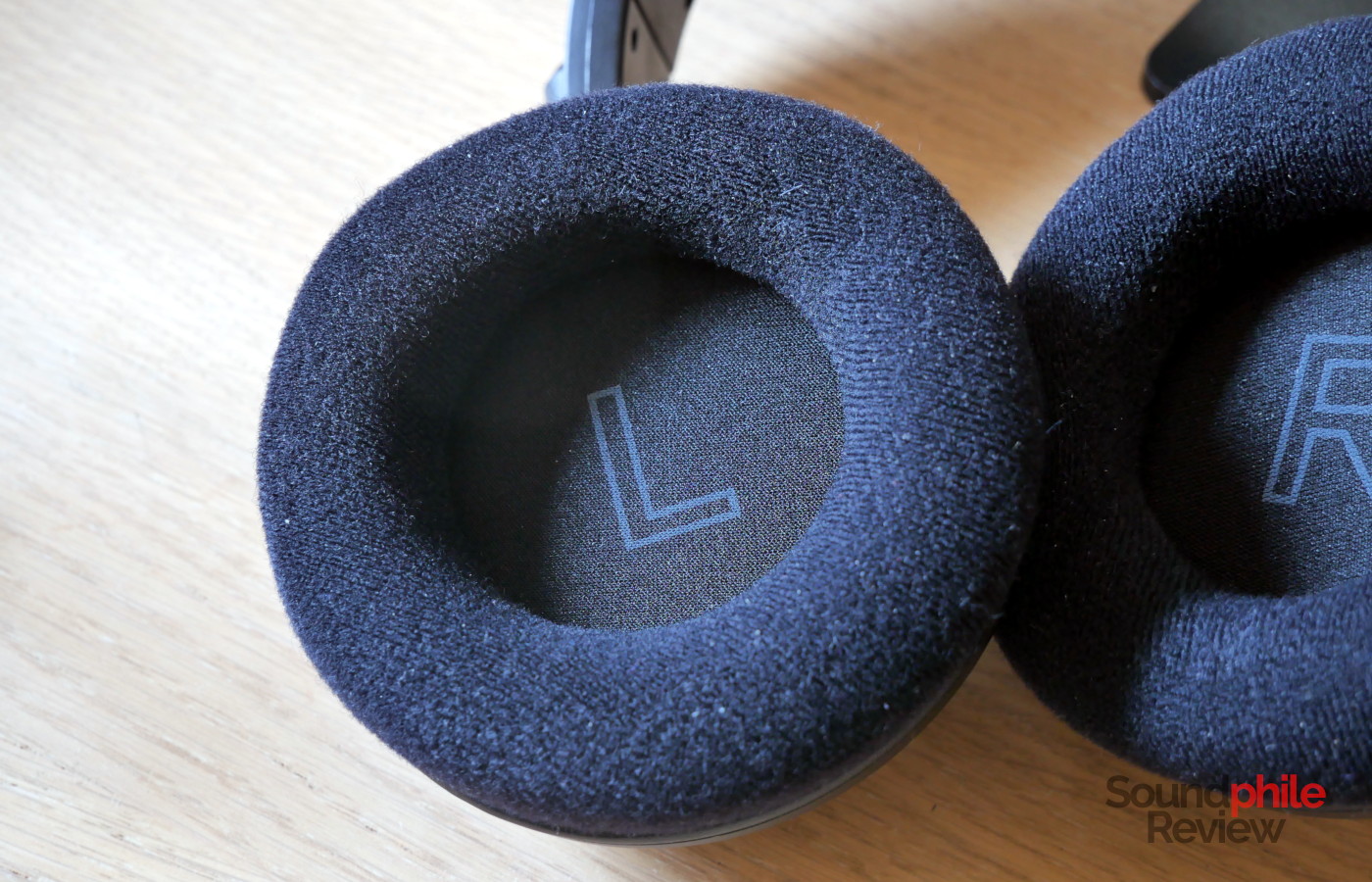
Being open-back, the OpenOdio Monitor 80 offer no passive isolation whatsoever – though there seems to be a bit of attenuation on some frequencies while you wear them, so they’re not entirely transparent to sound.
There are two cables, one coiled and one plain; the latter is 3 m long and has 3.5 mm connectors on each end. The coiled cable is about 1.8 m long with the coil completely at rest, so it can be extended (slightly) further than that. It is well-made, though it keeps the kinks from the packaging and has a bit of microphonics. Overall, though, I find that it works really well and that the long length works very well when working at a desk. The plain cable has less of an issue with kinks, but it does tend to coil up.
Sound & Specs
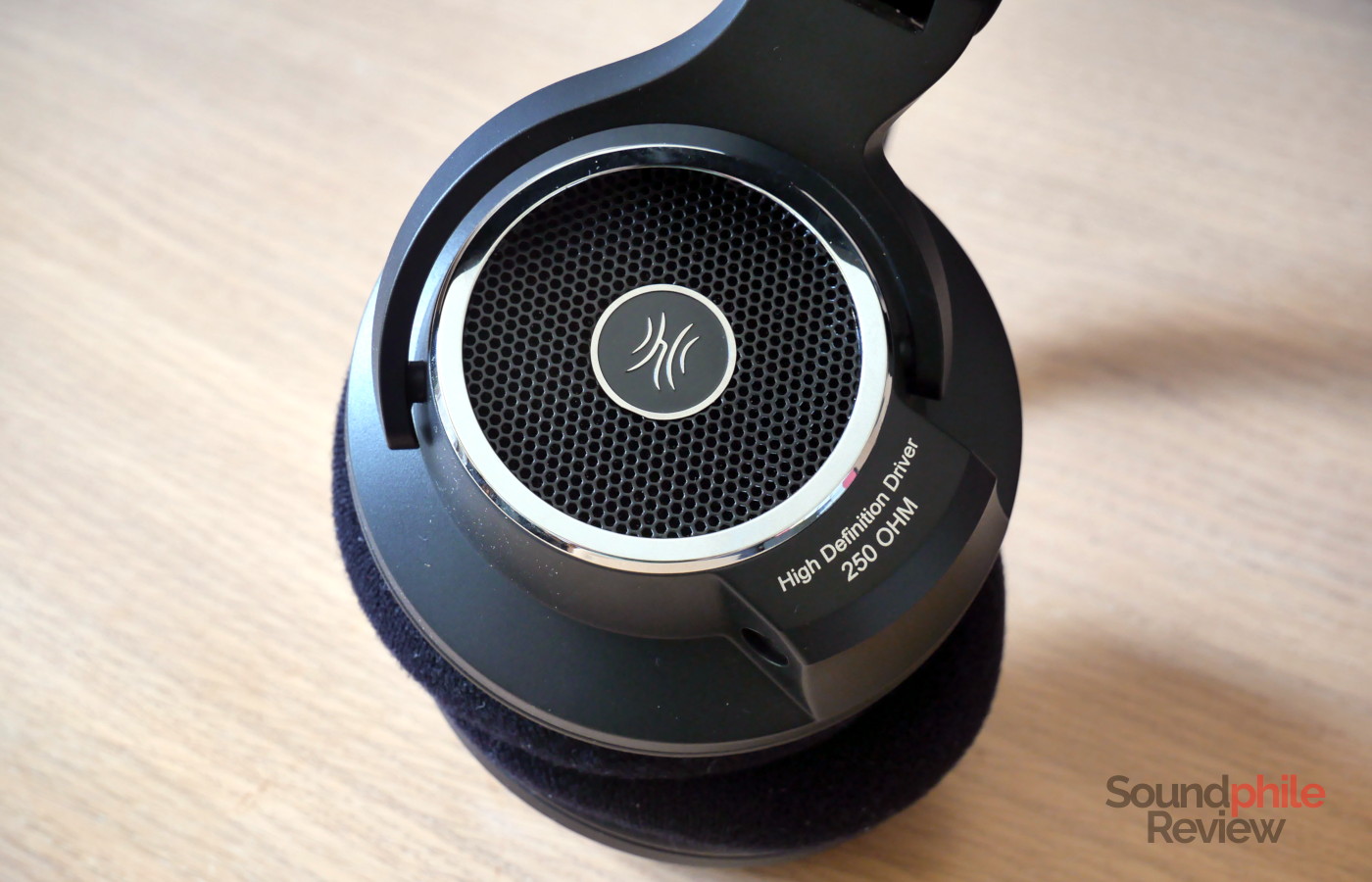
I tested the OneOdio Monitor 80 with various devices, including an SMSL DO400 and a Hidizs S8 Pro.
OneOdio Monitor 80 |
| Frequency response | 10 – 40,000 Hz |
| Impedance | 250 Ω |
| Sensitivity | 100 ± 3 dB |
At 250 Ω, the OneOdio Monitor 80 are fairly hard to drive and will need amplification to sound best. Many dongle DACs will have enough power to drive them to satisfactory levels, so it is recommended to use at least one of those. They sound just fine with the Hidizs S8 Pro I used, as an example, so you don’t need a super-powerful unit.
Despite being open-back, the Monitor 80 do not offer a massive soundstage. In fact, they sound almost like closed-back headphones in terms of how the sound is presented, as the instruments appear to be close to your ears and the space they are in sounds relatively small. Imaging is decent, as there is a wide gamut of positions between left and right, but you never get that kind of holographic image and sounds coming from both left and right sound like a sum of those, rather than something that comes from the centre. Instrument separation can be very good, but this is highly dependent on the track and on the area, as we’ll see later; overall it is a very mixed bag.
Tonally, the OneOdio Monitor 80 sound very distant from the target neutrality. Take a track like Snarky Puppy’s Semente: the brass instruments sound either overly warm or overly shrill, with no in-between; bass and cymbals are overly aggressive and become preponderant at the expense of the other instruments. In the following track, Gemini, the intro has the bass and the drums hitting at the same time, but you can’t hear the drums and you only feel the physical “hit”: you should instead be able to clearly hear the bouncing of the leather on the drums.
There is a very large bump around 3 kHz which makes most instruments, including female vocals, sound very aggressive and almost piercing; this is compounded by further peaks as we go up with frequencies, between 6 and 8 kHz, which add to the brightness.
In general, the Monitor 80 has a deeply V-shaped tuning which can work very well with some genres, but will sound inaccurate with most others. While it can be fun and entertaining with electronica and other modern genres, most acoustic music will sound off. On the positive side, bass is decently deep and there’s good transient speed throughout the spectrum. Detail is more than decent, too, with smaller nuances emerging with good clarity.
This good technical ability is why the Monitor 80 are among those headphones that make it worthwhile to use equalisation. Once you reduce bass and treble and bring midrange up (while reducing the 3 kHz peak), they become a lot more interesting as they have the technical chops to back up the rest.
As an aside, I found the Monitor 80 absolutely great for gaming. Halo 4 sounds incredible with these headphones as the explosions have a lot of oomph as well as physicality, which is exactly what you want when gaming, all while voices remain clear enough to be easily audible.
Final Thoughts
In short, despite the OneOdio Monitor 80 having such a name, they should not be used for monitoring with their stock tuning. They do not have the prerequisite feature for such a use case, which is a neutral sound signature. Instead, they offer a very steep V-shaped signature, which is exactly what you don’t want for monitoring because it masks a lot of stuff and overly emphasises other things. These are headphones you can use to listen to music or other content for your own pleasure, and even then their tonal balance can make them unpalatable if you are not into this kind of tuning. They work very well as gaming headphones, too.
To sum it up, I would discourage you from using the Monitor 80 for mixing or monitoring as their tuning does not work for those use cases, but they can work for some music genres as well as for gaming – whence the title to this review. Overall they are not the best you can find at this price, with headphones such as the Creative Aurvana SE offering a much better balanced signature, but they can be a good choice if you plan on using equalisation.

